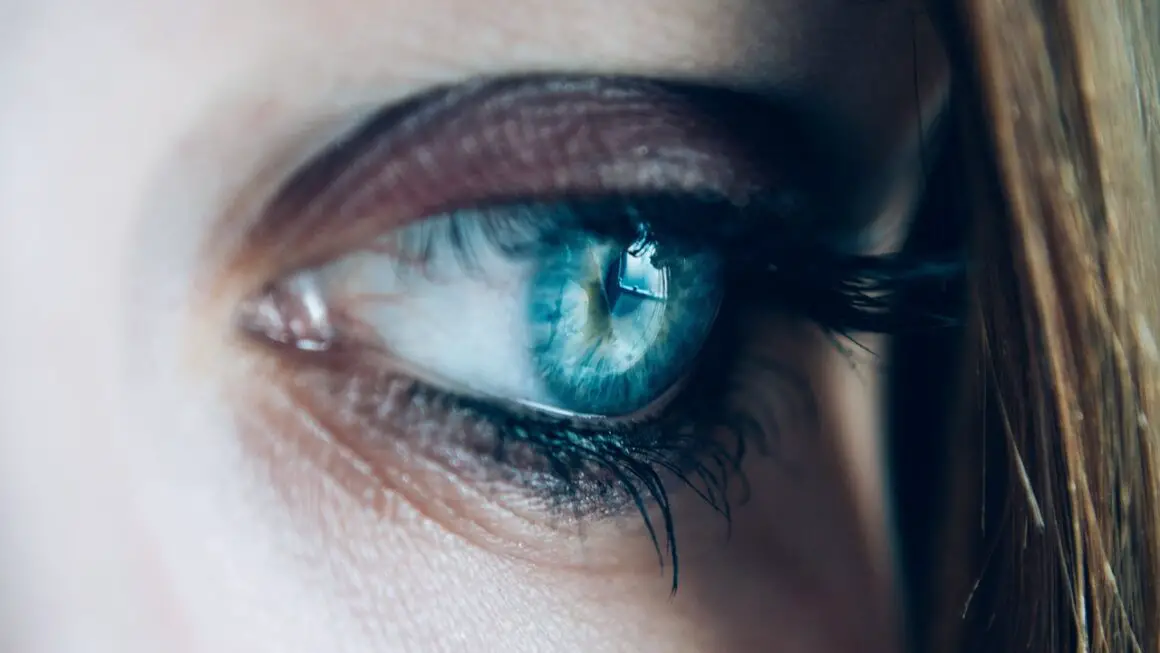A vision test, or eye exam, is more than just checking if you need glasses. It’s a comprehensive assessment of your overall eye health and visual acuity, detecting potential issues early on. From reading eye charts to examining the inner workings of your eyes, a vision test plays a vital role in maintaining good sight and preventing long-term vision problems. This guide will walk you through everything you need to know about vision tests, helping you understand their importance and what to expect during an examination.
Why Regular Vision Tests are Crucial
Early Detection of Eye Problems
Many eye conditions, like glaucoma and macular degeneration, develop gradually and may not show noticeable symptoms in their early stages. Regular vision tests are crucial for detecting these problems before they cause irreversible damage. Early detection allows for timely treatment and can significantly improve outcomes. For example:
- Glaucoma: A comprehensive eye exam can measure the pressure inside your eye, a key indicator of glaucoma.
- Macular Degeneration: An eye exam can detect drusen, yellow deposits under the retina, which are an early sign of macular degeneration.
- Diabetic Retinopathy: Eye exams can reveal blood vessel damage in the retina, a common complication of diabetes.
Identifying Refractive Errors
Refractive errors, such as nearsightedness (myopia), farsightedness (hyperopia), and astigmatism, affect how clearly you see. These errors can be easily corrected with glasses, contact lenses, or refractive surgery. Vision tests accurately measure the degree of refractive error, allowing your eye care professional to prescribe the appropriate correction. For instance, a child struggling in school might simply need glasses to correct undiagnosed myopia.
Assessing Overall Eye Health
A vision test isn’t just about visual acuity; it also evaluates the health of your eyes. This includes examining the:
- Cornea: Looking for any irregularities or abrasions.
- Lens: Checking for cataracts, a clouding of the lens.
- Retina: Assessing the health of the light-sensitive tissue at the back of your eye.
- Optic Nerve: Examining the nerve that connects the eye to the brain.
Vision Tests for Children
Vision problems can significantly impact a child’s learning and development. Early detection and treatment are essential. A child’s first eye exam should typically occur around age 3, and then regularly as recommended by their pediatrician or eye doctor. Common signs that a child might need a vision test include:
- Squinting
- Excessive blinking
- Headaches
- Difficulty reading
- Sitting close to the TV
Types of Vision Tests
Visual Acuity Test
This is the most common vision test and involves reading letters on an eye chart (Snellen chart) at a distance. It measures how well you can see at different distances and is a standard measure of visual clarity.
Example: You’ll be asked to read rows of letters, covering one eye at a time. The smallest line you can read accurately indicates your visual acuity (e.g., 20/20 vision).
Refraction Test
A refraction test determines your eyeglass prescription. The eye doctor uses a phoropter, an instrument with multiple lenses, to measure how light bends as it enters your eye. You will be asked to compare different lenses to find the ones that provide the clearest vision.
Example: The doctor will say, “Which is clearer, lens 1 or lens 2?” Your responses help them determine the precise lens power needed to correct your vision.
Visual Field Test
This test measures your peripheral vision. It helps detect conditions like glaucoma that can affect your side vision before affecting your central vision.
Example: You might be asked to focus on a central point and indicate when you see lights or objects appearing in your peripheral vision.
Color Blindness Test
This test assesses your ability to distinguish colors. It typically involves looking at images with colored dots and identifying numbers or patterns embedded within them. These tests are also helpful to determine if color vision has deteriorated over time.
Example: The Ishihara color vision test uses plates with colored dots to assess color perception.
Eye Movement Test
This test evaluates how well your eyes move and work together. It can help identify problems with eye coordination, such as strabismus (crossed eyes) or amblyopia (lazy eye).
Example: The doctor might ask you to follow a moving object with your eyes to assess eye movement control and coordination.
Slit-Lamp Examination
A slit-lamp is a microscope with a bright light. It allows the eye doctor to examine the structures of your eye, including the cornea, lens, and iris, in detail. This helps detect conditions like cataracts, corneal abrasions, and other eye diseases.
Tonometry
Tonometry measures the pressure inside your eye (intraocular pressure). This is an important test for detecting glaucoma.
Example: A puff of air is blown into your eye, or a small probe gently touches your cornea to measure pressure. The puff of air method is also know as non-contact tonometry (NCT).
Pupil Dilation
Eye drops are used to widen (dilate) your pupils, allowing the doctor to see the back of your eye (retina and optic nerve) more clearly. While dilation can cause temporary light sensitivity and blurry vision, it’s a valuable tool for detecting retinal problems and other eye diseases.
What to Expect During a Vision Test
Preparation
Before your vision test, it’s helpful to:
- Bring your current glasses or contact lenses.
- Bring a list of any medications you are taking.
- Be prepared to answer questions about your medical history and any eye-related symptoms you are experiencing.
- If you have a family history of eye disease, be sure to inform the doctor.
The Examination Process
A typical vision test includes the following steps:
- Review of Medical History: The doctor will ask about your medical history, including any eye-related problems, general health conditions, and medications.
- Visual Acuity Test: Reading letters on an eye chart.
- Refraction Test: Determining your eyeglass prescription.
- Eye Health Assessment: Examining the structures of your eye using a slit lamp.
- Tonometry: Measuring the pressure inside your eye.
- Optional Tests: Depending on your age, medical history, and symptoms, additional tests may be performed, such as visual field testing or color blindness testing.
After the Examination
After the vision test, the doctor will discuss the results with you and recommend any necessary treatment or corrective measures. If your pupils were dilated, you may experience light sensitivity and blurry vision for a few hours, so it’s a good idea to bring sunglasses and have someone drive you home.
How to Find a Qualified Eye Care Professional
Ophthalmologist vs. Optometrist vs. Optician
Understanding the difference between these professionals is crucial:
- Ophthalmologist: A medical doctor (MD or DO) specializing in eye care. They can diagnose and treat all eye diseases, perform eye surgery, and prescribe glasses and contact lenses.
- Optometrist: A doctor of optometry (OD) who provides primary eye care services. They can perform eye exams, diagnose and treat many eye conditions, and prescribe glasses and contact lenses.
- Optician: A technician who fits and dispenses glasses and contact lenses based on prescriptions from ophthalmologists or optometrists. They do not perform eye exams or prescribe corrective lenses.
Recommendations and Referrals
Ask your primary care physician, friends, or family members for recommendations. Online reviews can also be helpful, but be sure to read them critically. Consider scheduling a consultation to meet the eye care professional and discuss your needs before committing to a full examination. Consider if they are covered by your vision insurance.
Checking Credentials and Experience
Verify that the eye care professional is licensed and board-certified. Board certification indicates that they have met rigorous standards of training and expertise. Look for professionals who have experience treating the specific eye conditions that you are concerned about. A great place to verify licenses is with your state’s medical board.
Conclusion
Regular vision tests are an essential part of maintaining overall health and well-being. They allow for the early detection and treatment of eye problems, ensuring clear vision and preventing long-term damage. By understanding the different types of vision tests, knowing what to expect during an examination, and finding a qualified eye care professional, you can take proactive steps to protect your sight for years to come. Don’t wait until you notice a problem; schedule a vision test today!




